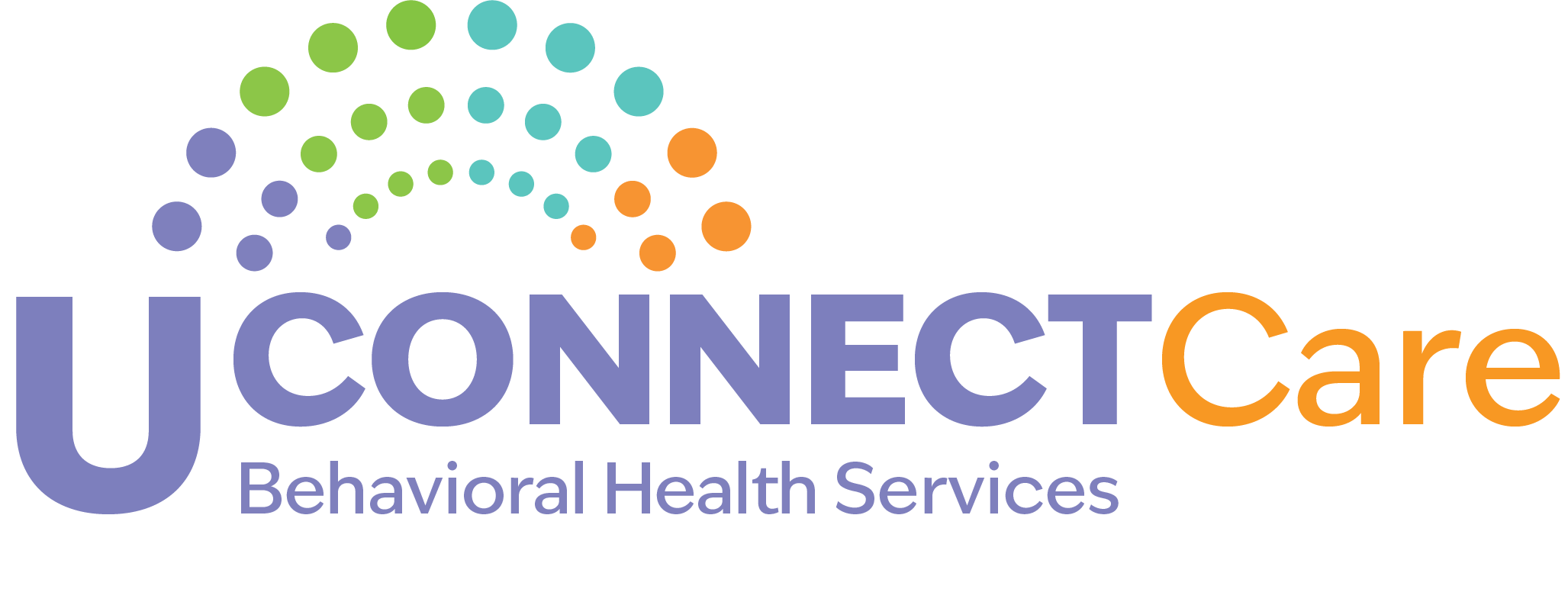By Mike Pettinella
According to the Centers for Disease Controls and Prevention, about 100,000 Americans have died from drug overdoses in a year’s time through May 2021 and that number only will increase unless treatment providers emphasize the human aspect of substance use disorder.
That was the message conveyed from Haymarket, Va., by Rob Kent, general counsel for the White House Office of National Drug Policy, during last week’s GOW Opioid Task Force quarterly meeting via Zoom videoconferencing.
“We need to understand in that 100,000 number … that’s 100,000 people who have brothers, sisters mothers, fathers, grandparents and kids themselves. It’s human,” said Kent, who previously served in a similar position for the New York State Office of Addiction Services and Supports and frequently worked with personnel at Genesee/Orleans Council on Alcoholism and Substance Abuse.
Kent said that when people view addiction beyond the human element, “we just we lose the opportunity to do what we need to do — which is to help people stay alive.”
During his time with OASAS, Kent was instrumental in creating the Certified Recovery Peer Advocate program that enlists people, primarily, who are in recovery and can relate to those in need.
“That’s one of the things I’m most proud of,” he said. “We mandate that insurance — both Medicaid and private insurance — pay for them because they help engage people and they’re even more critical right now.
“People respond positively to others who can come to them and say, ‘I know what you’re going through, I walked that walk before — I know what it’s like.’ I’m not saying they’re the end-all, but they’re certainly a key component of what needs to be done.”
UConnectCare has woven CRPAs into its recovery policy, utilizing peers at The Recovery Station on Clinton Street Road and in other programs in both counties.
Kent pointed out that illegal fentanyl has become a major problem.
“I know there’s an uptick with meth (methamphetamine), but illegal fentanyl is being mixed into everything,” he said. “And I think it’s important for us to understand that it is lethal; it kills people easily. And it it’s changed the ballgame.”
Of that 100,000 number, more than 5,000 are dying in New York State, Kent said.
Kent said the federal government has sent billions of dollars to the states in supplemental block grant funding. In March 2021, New York received $104 million from the stimulus package and, a few months later, received another $90 million from the American Rescue Plan Act.
He said another $50 million to $100 million is expected to flow to the states over the next few years.
While the money is vital, spending it properly is just as important, Kent said.
“I’m not paying enough attention to New York to know how much has been spent, but they should be spending it because people are dying right now,” he said. “I’m very optimistic with the new (OASAS) commissioner (Chinazo Cunningham) that she gets what’s going on. She has a heart; she cares and she will try her best to do the right thing.”
Kent said the Biden Administration has made harm reduction a key element of its comprehensive approach to addressing substance use disorders through prevention, treatment, and recovery where individuals who use substances set their own goals. Federal funds are being used to purchase fentanyl test strips and other testing equipment, sponsor syringe service programs, expand access to Naloxone and create guidelines for streamlined and expanded buprenorphine prescribing.
“I know there’s reactions (from people) to harm reduction generally into the services I just talked about,” he said. “Some folks will tell you, you’re enabling the drug use. I say that when we don’t do those things, we’re ignoring that it’s happening.”
Connecting with those dealing with substance use disorder in genuine and meaningful ways ultimately will make the biggest difference, Kent said.
“We need to understand that we can continue to sit here and talk about drug use as a failure of will – a lack of personal strength, whatever you want to call it — and we can continue to do that and watch more and more people in this country die from drug use, or we could embrace people,” he said. “We could understand they’re human beings. They have families, they have loved ones, and when we focus on it from that perspective, everything then becomes possible.”

